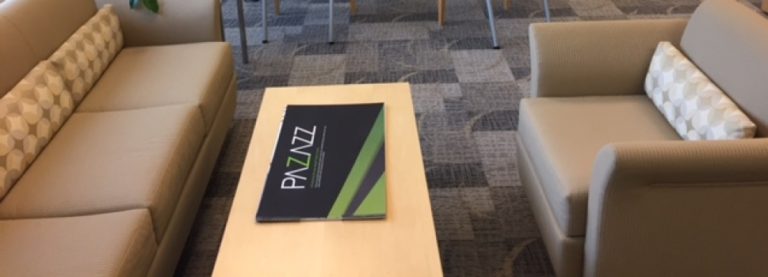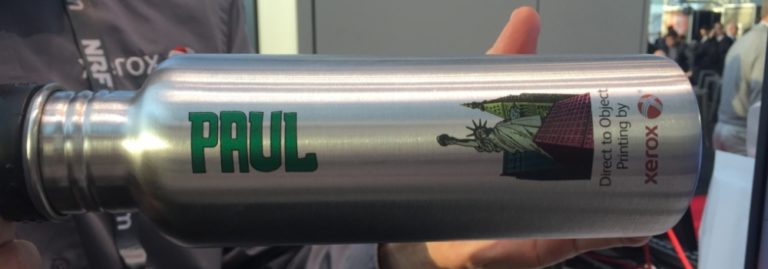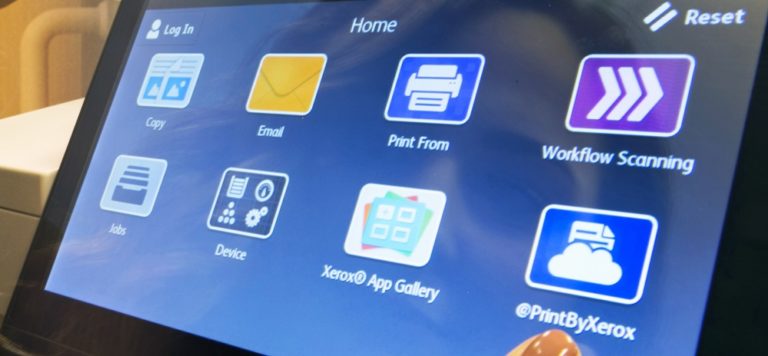By Joe Averkamp

Recent U.S. Census Bureau data shows that the American city is experiencing something of a renaissance. Ever since the economy began to recover in 2010, more people have migrated to metropolitan areas, reversing the decades-long trend of settling in the suburbs. The census data shows that net migration was the largest contributor to population growth in all but five of the 50 fastest-growing cities in the country.
These migrations trends cause us to question how mobility is changing if more people are living in an area. Earlier this week I joined several transportation and urban planning industry leaders to talk about urban mobility trends during a live Google+ Hangout, moderated by James Brasuell, managing editor at Planetizen.
Joining me for the conversation were Donald Shoup, professor of urban planning, UCLA; Robert Puentes, senior fellow and director of The Brookings Institution Infrastructure Initiative; and Susan Zielinski, managing director, SMART, University of Michigan.
ARVE Error: need id and providerBelow, I’ve rounded up a few of my favorite points made by my fellow participants. You can watch the full Hangout on our YouTube channel, or above. Here’s a brief look at some of their insights.
Robert Puentes on how federal policy needs to change to enable benefits of urban growth:
The federal transportation program has its roots in the 1950s. Even though we pass new laws, it really hasn’t been updated to reflect the dramatic changes we are seeing. Demographic, environmental and economic changes – we need to have the Federal transportation framework that meets the realities of the 21st century and we don’t have that right now.
Donald Shoup on urban growth and dynamic pricing:
Congested cities can grow successfully if they make better use of prices to manage the roads. Prices for roads are almost like physical therapy for people. When you go to a doctor with an ache or a pain, you don’t want to hear that the only solution is surgery or drugs; you are happy if the doctor first recommends physical therapy. To deal with traffic congestion, I think we should try price therapy first. The prices can easily be adjusted or removed if they don’t work.
Susan Zielinski on information technology and mobility:
We have incredible nimbleness enabled by information technology…[which] has allowed us to do everything from home and never move. There’s a real opportunity to think about moving less…Good urban planning also brings wants and needs closer to where you are.
Luckily, we’re seeing some new thinking on how to get from here to there, which will transform the future of transportation as we know it. What are some of your thoughts on how mobility is changing?
Subscribe to this blog and receive email updates when we publish a new article.



